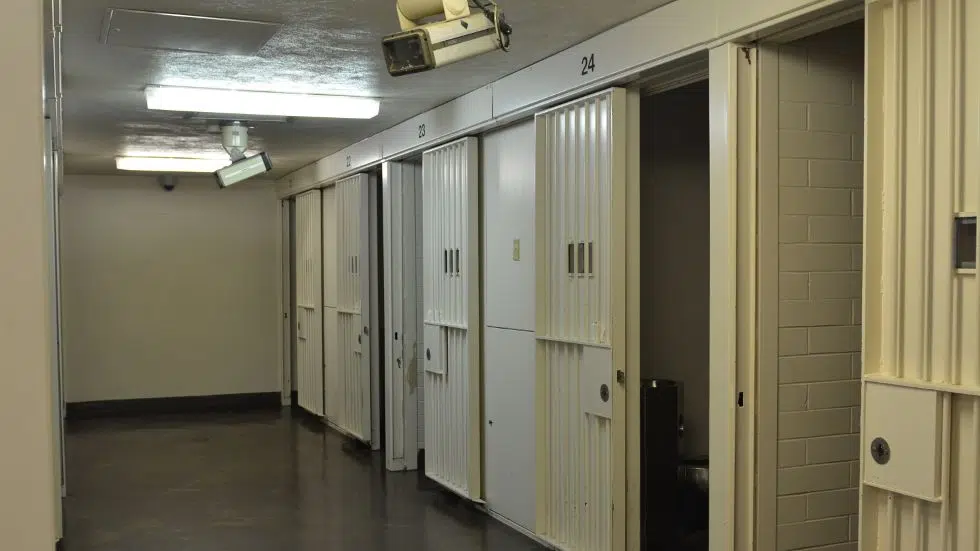
Segregation rates down at Sask. Penitentiary
The use of segregation, also called solitary confinement, is on the decline within the Saskatchewan Penitentiary.
According to numbers from Correctional Service Cananda, there were 479 admissions to segregation last year at the Prince Albert institution, compared to 633 in 2014-15. Of these cases, 22 were disciplinary, while the remainder were administrative. Disciplinary segregation is a punitive measure lasting up to 30 days, while administrative segregation can be imposed for inmate security or to protect an active investigation, and has no fixed duration.
“Administrative segregation is not a punitive measure,” Correctional Service Canada spokesperson Esther Mailhot said in a written statement to paNOW. “It is the separation, when specific legal requirements are met, of an inmate from other inmates.”
“We have seen admissions to segregation steadily and consistently decline over the last two years,” Mailhot said.


